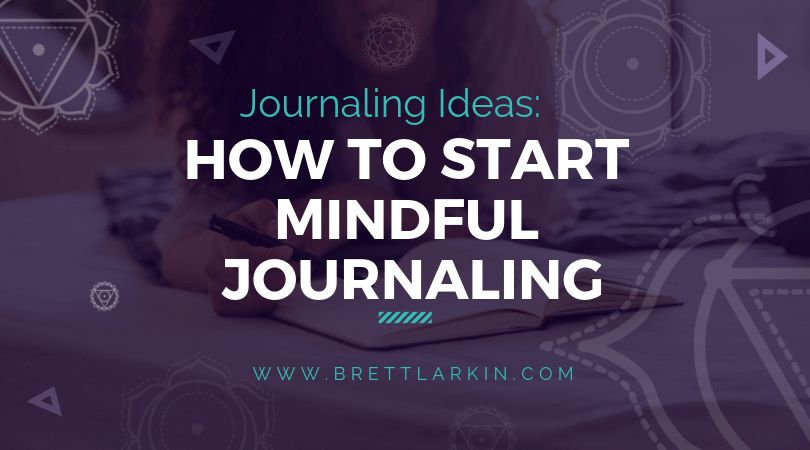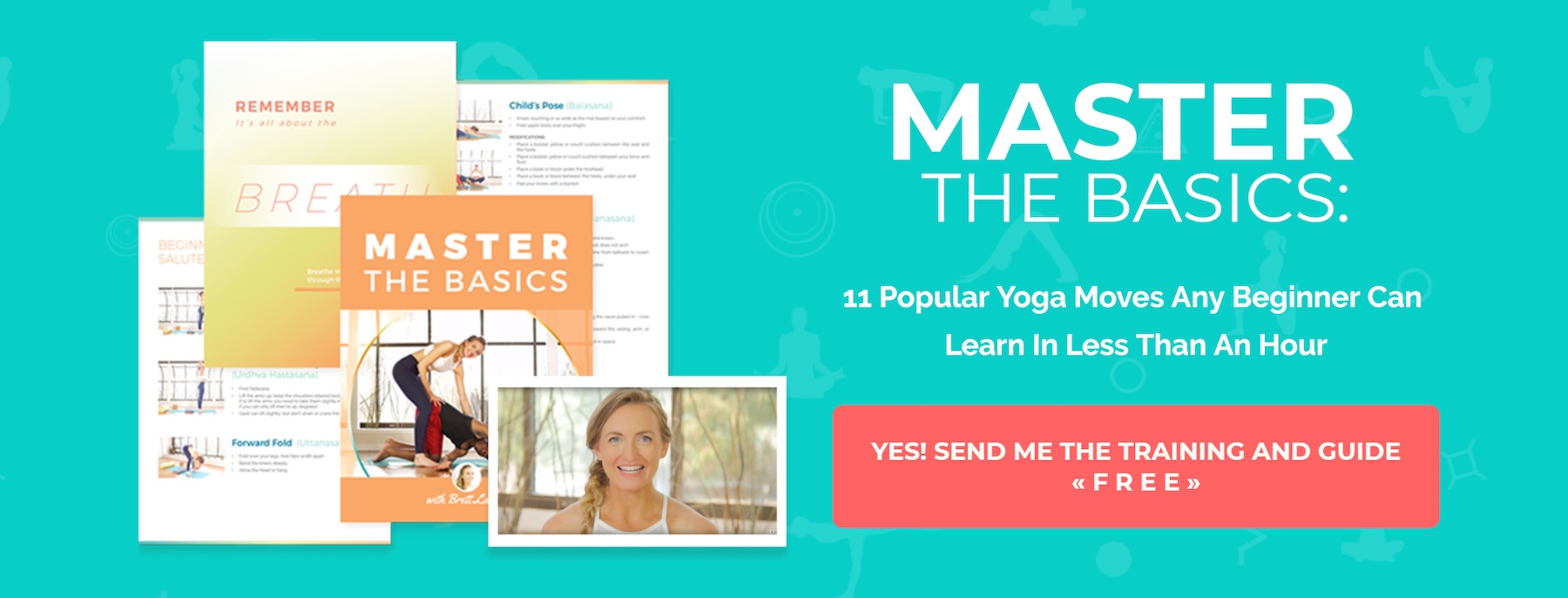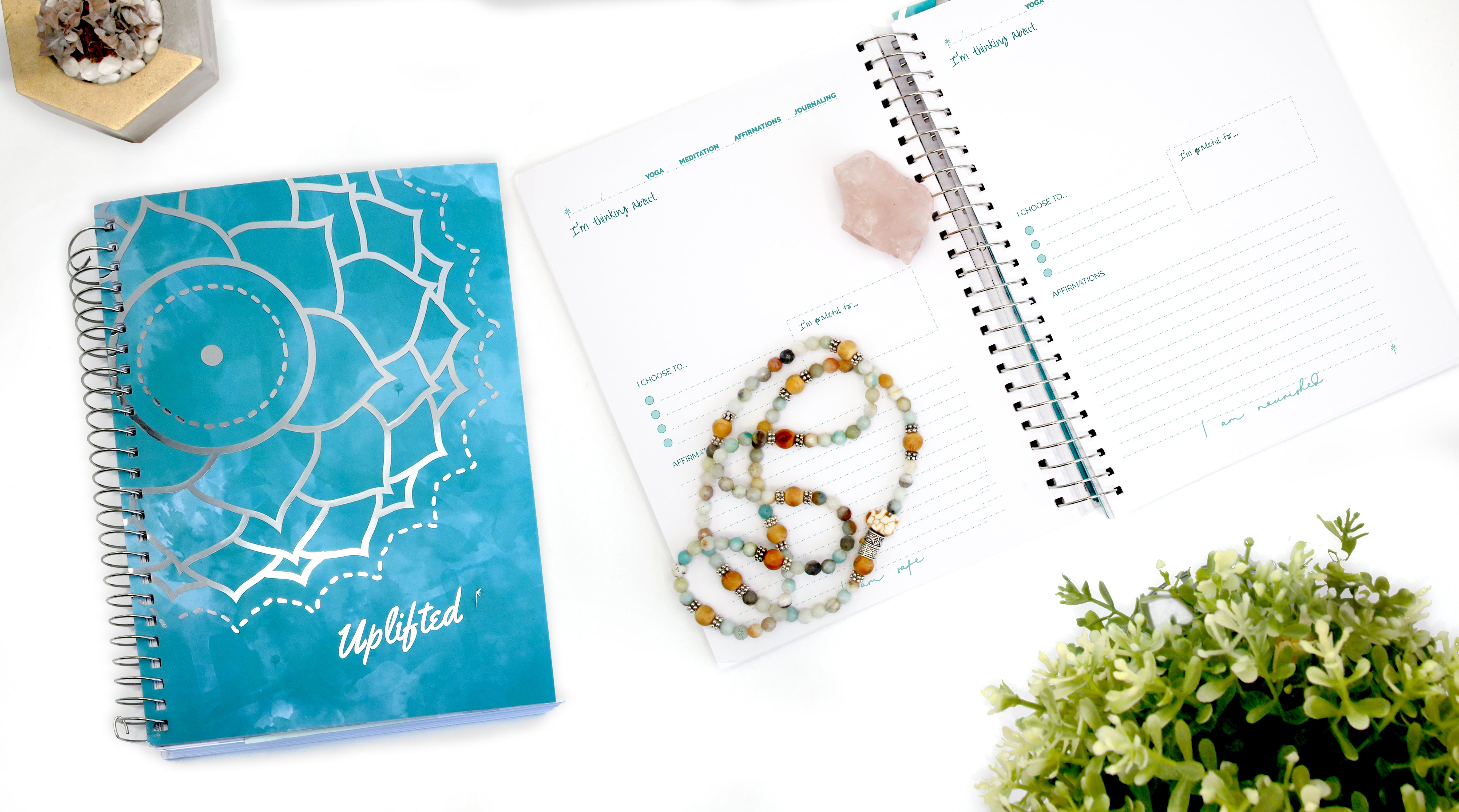
We all know that a mindfulness practice is an essential habit to cultivate.
Just like getting exercise for physical health or brushing your teeth for oral health during your morning routine, meditating on a daily basis supports mental health.
It helps with reducing stress, calming anxiety, boosting mental clarity, and increasing positive emotions.
The problem?
Sometimes it can seem a bit tricky figuring out how to incorporate mindfulness into your daily habits. Learning to practice mindfulness doesn’t have to be tricky, though.
In fact, it’s the least tricky thing about living at all! All you gotta do is be present.
So what are some good ways to begin practicing mindfulness?
First, it’s important to understand that meditation can look very different from person to person. Writing is one good way to practice mindfulness, allowing you to distill your thoughts and process your emotions.
Whether it’s a life journal, a bullet journal, a personal diary, a gratitude journal, or even a sticky note with one sentence on it, journal writing is a simple and reliable way to cultivate mindful living. A regular journaling practice allows you to develop your inner stillness and insight, and listen deeply to your own experience.

How to Start Journaling Mindfully in Five Easy Steps
Journaling can be incredibly healing and also just downright fun. That’s why I’ve created an entire Uplifted chakra-themed journal! I’m obsessed.
If you want to test out the process of mindful journaling before you jump in, though, here are a few easy steps to start journaling and getting the benefits of keeping a journal right away.
Then you can try my chakra-theme journal next 😉
Step 1. Choose a journal and pen.
Whether you spend some money on a fancy journal with a traditional calligraphy pen, go for a simple notebook with an everyday ballpoint, or use sticky notes on the dashboard of your car, selecting the right tools gives your writing habit a home. Some people prefer to use digital journals, which can be an effective alternative to using a pen and paper if it feels right to you. I personally believe that setting a pen to paper gives us the opportunity to connect with our inner processes a bit more organically, but the important thing is to find what works for you.
Step 2. Set a daily time.
Maybe you’re an early riser who likes to meditate in the mornings when the world is still quiet and full of fresh inspiration. Or maybe you prefer to take a moment before bed to check in deeply with yourself after the day’s events. Whenever it feels good to drop into your deepest thoughts and insights, creating a regular time to write makes it a ritual of self-knowledge. If you miss a day or even two, just pick up where you left off. It happens to all of us.
Step 3. Say no to distractions.
Whether you jot down a gratitude list before tending to your kids in the morning or spend a long time accessing and articulating your deeper feelings about a stressful event, make a promise to yourself that practicing mindfulness is worth a moment. If you’re having trouble saying no to distractions, try considering that when you spend time with yourself you ultimately reduce stress, which supports other areas of your life. I mean, would you rather spend time on social media gathering more stimulation to process later or cultivate a nourishing connection to your inner world?
Step 4. Connect with your intention.
Will your journal entries be stream of consciousness style, allowing you to learn about that beautiful brain of yours? Or perhaps you want your journal to function as a stress management tool, where you can safely vent and observe your negative thoughts and emotions, transform them and grow. Everyone’s process is different! Choosing a focus for your practice, even if that focus changes every time you write, helps guide your meditation and allows you to literally author your journey.
Step 5. Start writing!
Developing mindful living with a regular writing habit is a powerful commitment, but starting a journal is ultimately very simple: set pen to paper and start writing. Give ink to your inner voice.

5 Mindful Journaling Ideas To Start Journaling Right Now
Mindful journaling is more than just deciding to write in a journal. It is the act of being fully present and consciously aware of the process, every step of the way. Dedicating time and attention to journaling definitely helps make it a more mindful experience as do specific prompts.
If you’re struggling to get started, then it’s helpful to start with a few solid journal prompts.
Whether you create your daily journal with a physical pen and paper, or a digital notebook app, you already know the benefits of meditative journal writing. But what are some good writing prompts to get you started in the right direction? Let these journal ideas stimulate your writing.
Journal Writing Prompt #1: Gratitude Journal.
This is my favorite writing prompt, so I’m putting it first. It’s a perfect part of any morning routine. A gratitude journal attunes us to what we feel grateful for. Many studies have shown that a gratitude practice significantly reduces negative thoughts. One of the powerful benefits of gratitude is recognizing the value of what you already have and who you already are. Gratitude practice is an effective meditation, which bolsters a grateful outlook, helps you develop awareness of your existing circumstances, and accept life as it is.
Journal Prompt Questions
- What can I be thankful for?
- Who and what have helped me lately?
- What is normal to me now, that used to be an aspiration or dream of mine?
- If I died in an hour, what would I choose to savor and appreciate right now?
Journal Writing Prompt #2: Stream of Consciousness.
This prompt is exceptionally helpful for reducing stress, particularly if you find yourself thinking a lot of disjointed thoughts or feeling anxious. It is a great tool for stress management that requires no fancy writing skills. Most similar in style to an anything-goes bullet journal, this was my primary journaling style for a long time.
An added benefit is that by letting your mind simply express whatever comes up, you can learn more about your brain and even develop awareness of your subconscious mind. The insights we can gain about our deepest thoughts through stream of conscious writing can actually be more potent than what we can consciously choose to come up with.
Journal Prompt Questions
- None… just write what’s on your mind, and keep on going!
Journal Writing Prompt #3: Processing.
This one is best when you are overwhelmed with feelings, thoughts and emotions. Some people think that avoiding negative thoughts is the best way to move forward but that can be dangerous for your mental health over the long-term.
With this exercise, you’ll actually want to let all of your “negative” thinking out onto the page! By confronting and acknowledging your shadow and the pain you’ve been holding inside, you can process stressful events and address your own mental health directly. This can lead to mental clarity, emotional resolution, and personal growth.
Please note that if you feel you are in need of support, journaling cannot replace the attention of a licensed mental healthcare provider. You can find low-cost online therapy services such as www.betterhelp.com, or anonymously call the National Suicide Prevention hotline 24 hours a day at 1-800-273-8255 and speak with a volunteer for free.
Journal Prompt Questions
- How did I really feel about what happened?
- What was important to me about that event?
- What outcome would I have preferred?
- What do I need to honor and grieve so that I can remember it as a past event which is now over?
Journal Writing Prompt #4: Life Journaling.
This is a daily journal practice that is best done at the end of the day. By writing about, or using your creativity to illustrate, the literal events and actions of your day, you can develop a stronger awareness of your real life. Some would say this is the entire point of mindful living. Recording even simple things like exercise and brushing your teeth connects you to the mundane foundation of the present. Over time, this practice has a comfortable grounding effect because you begin to pay more attention to your daily life.
Journal Prompt Questions
- What did I do today, from the moment I woke up until now?
- What happened today?
- What do I plan to do tomorrow?
Journal Writing Prompt #5: Journaling for Very Busy People.
Some of us have a lot on our plates. Don’t we get to participate in mindfulness practice, too? For this group, here’s what I recommend when it comes to mindful journaling: sticky notes. When you have a moment to connect with yourself or when inspiration comes your way, go deep and find a sentence or two that speaks to your heart. As cheesy as it might sound, some people enjoy using inspirational quotes.
Just use a sticky note pad and jot something down whenever you can. It doesn’t have to make sense to anyone else but you. You can stick them on your mirror, your car dashboard, your desk, your kitchen counter… the point is to connect with yourself and what matters to you, and to keep this up even as you run around.
Journal Prompt Questions
-
- What lessons am I learning right now?
- What growth have I accomplished lately?
- What would I like to remind myself of?
- What is the best advice I have ever heard?
- What advice would I give my younger self?
Your mindful journal entries can be as simple or complex as you need them to be. What’s most important is that the practice of creating them brings you closer to yourself. Whatever your reasons for wanting to develop your mindfulness practice, journal writing can be a great tool for becoming more present to your life.
Want to give my mindful journal a try? In my Uplifted journal, I give daily journaling ideas and teach you how to journal with purpose. Click the image below to check it out 🙂










